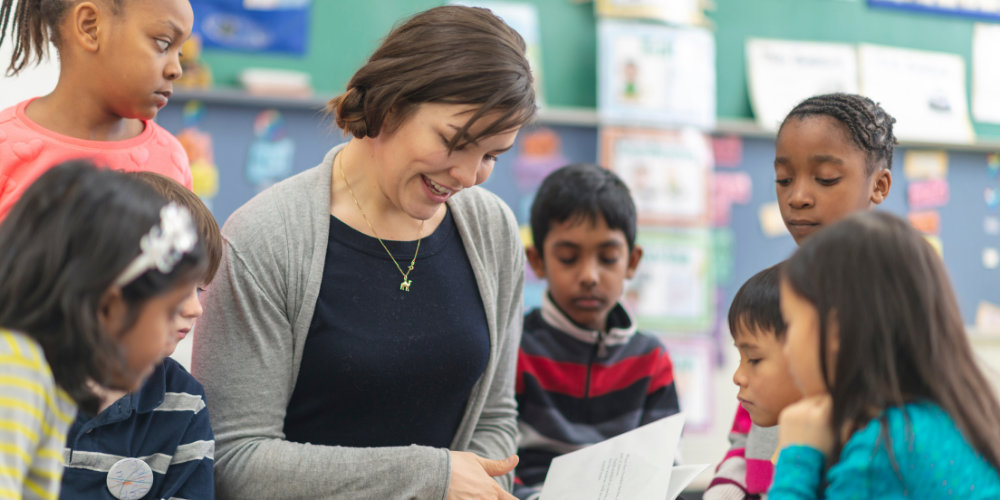Understanding and addressing student behavior often feels like a puzzle. Many pieces are necessary to make up the complete and TRUE picture. Does the child have positive connections with staff and other students? Does the child need routine? Could the child benefit from resilience building? What is developmentally normal? Has the child experienced Adverse Childhood Experiences or trauma? What is the function of behavior? Does she have a skill deficit? What is their learning style? Is he receiving proper nutrition? Did the child get a good night’s sleep? So many pieces…
Because behavior is extremely complicated, it is often a daily challenge for educators. For this reason, Teaching Channel has put together a list of the best behavior books for teachers. Think about what is missing for you to solve the behavior puzzle in your classroom. Then, check out our recommendation based on your needs.
Puzzle Piece: Student lacks connections.
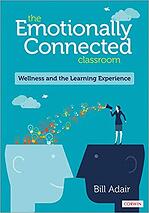
Book Recommendation: The Emotionally Connected Classroom by Bill Adair
Author Bill Adair brings us a solid teacher text focused on methods for reaching EVERY SINGLE STUDENT by building connections. The text gives insight and information on critical and relevant topics for teaching in today’s world like suicide, gaming addiction, and mental health. Most importantly, though, the book provides educators a framework to connect to learners through the six Ps of People, Purpose, Play, Passion, Present Thinking, and Personal Challenge and Learning! This is a remarkable anchor text for building-level work around social and emotional learning.
Puzzle Piece: Student needs routine and consistency.
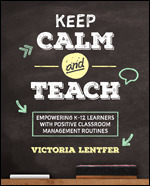
Book Recommendation: Keep CALM and Teach: Empowering K-12 Learners with Positive Classroom Management Routines by Victoria Lentfer
This fantastic book provides an easy to remember method for responding to behavior in the classroom using Communication, Accountability, Leadership, and Motivation (CALM). The author has provided a text that any teacher, new or experienced, in any classroom can use immediately. Simple, yet effective! You will not be disappointed with this book full of quick wins, key takeaways, and research-based practices.
Puzzle Piece: Student would benefit from an increase in resilience.
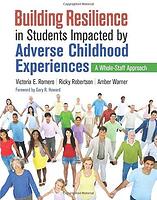
Book Recommendation: Building Resilience in Students Impacted by Adverse Childhood Experiences: A Whole-Staff Approach by Victoria E. Romero and Ricky Robertson
It’s time for education to move from discussing Adverse Childhood Experiences and trauma to working collaboratively to build resilience in learners. This new book will help your team/school do just that using a workbook style layout. It provides many opportunities for readers to independently and collaboratively learn, reflect, and apply new strategies in classrooms and buildings to positively impact students. Resilience is powerful, and you are in a great position to help learners build this skill, overcome past experiences, and succeed!
Puzzle Piece: The child is not yet school aged.
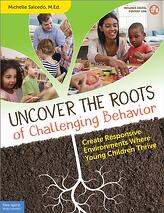
Book Recommendation: Uncover the Roots of Challenging Behavior by Michelle Salcedo, M.Ed.
Behavior in the classroom is often identified as being one of the biggest challenges for teachers. This book does an excellent job of identifying the “roots” of behavior in early childhood learners and providing proactive, positive strategies to get in front of those challenges. This is a fantastic resource for any early childhood educator (up to approximately 2nd grade). As an added bonus, it includes digital content for downloading and printing! Who doesn’t love that?
Puzzle Piece: The child has experienced trauma.
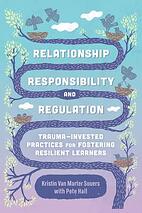
Book Recommendation: Relationship, Responsibility and Regulation: Trauma-Invested Practices for Fostering Resilient Learners by Kristin Van Marter Souers and Pete Hall
This text provides tried and true strategies to implement with individual learners who have experienced trauma. The book, a sequel to award winning Fostering Resilient Learners, provides many strategies, reflection opportunities and general ideas for educators. This text is a great read for any one teacher or a group of teachers looking to move from trauma informed to trauma invested by creating a culture of safety.
Puzzle Piece: As a teacher, I don’t know where to start.
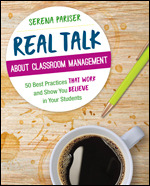
Book Recommendation: Real Talk About Classroom Management: 50 Best Practices That Work and Show You Believe in Your Students by Serena Paraser
This useful text includes 50 best practices to help you build students up! From winning over the toughest student to adding risk taking to your lessons, you will find ideas for making the shift to student empowerment. Learn how to teach and reinforce the use of appropriate social skills and assertive, respectful communication. This is a great resource to help you focus on a new, proactive solution each week!
Puzzle Piece: I need to build my capacity to better serve my students from historically marginalized communities.
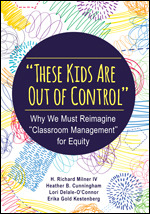
This text will help you co-create a classroom that is safe, challenging and equitable to maximize student potential. Drawing from research on what works in with diverse learners, the authors offer practices, tools, and strategies to create the spaces our students want to be. Covering topics like Culturally Responsive Classroom Management and Restorative Discipline, the book provides vignettes about real learners and opportunities for reflection. It is an affirming book filled with possibilities!
Puzzle Piece: The child lacks coping strategies.
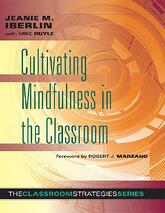
Book Recommendation: Cultivating Mindfulness in the Classroom by Jeanie Iberlin
Mindfulness is a hot topic everywhere, not just in the classroom. This text provides teachers with the information they need to help their learners develop coping strategies through mindfulness. Every student can and should learn these methods for self-soothing, calming and emotional regulation. When students have prosocial behaviors in their toolbox, they can (through prompting or on their own) use them instead of behaviors that are challenging.
